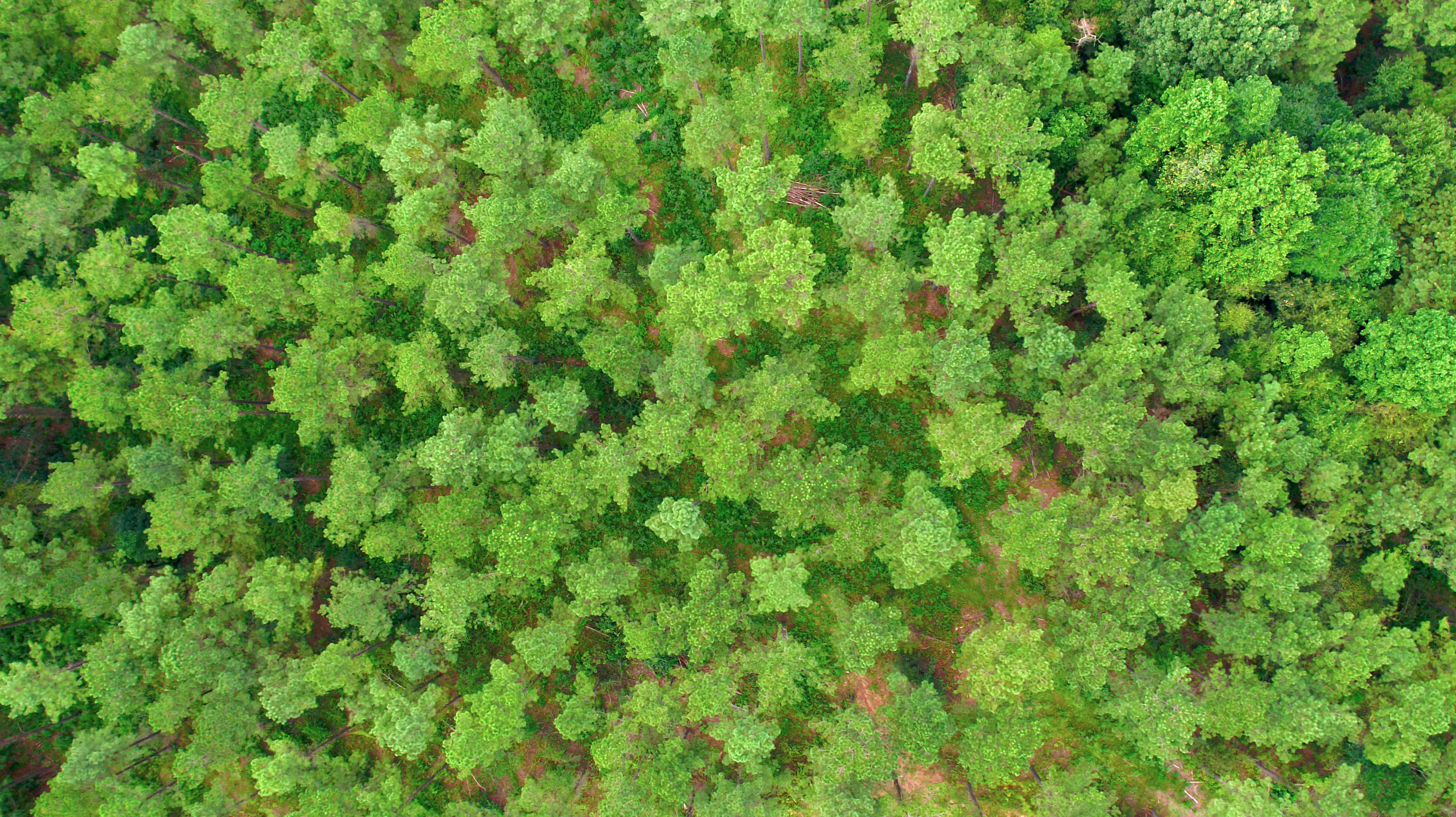
Responsible Sourcing



Climate change is the biggest challenge of our time and Drax has a crucial role in tackling it.
All countries around the world need to reduce carbon emissions while at the same time growing their economies. Creating enough clean, secure energy for industry, transport and people’s daily lives has never been more important.
Drax is at the heart of the UK energy system. Recently the UK government committed to delivering a net-zero carbon emissions by 2050 and Drax is equally committed to helping make that possible.
We’ve recently had some questions about what we’re doing and I’d like to set the record straight.
At Drax we’re committed to a zero-carbon, lower-cost energy future.
And we’ve accelerated our efforts to help the UK get off coal by converting our power station to using sustainable biomass. And now we’re the largest decarbonisation project in Europe.
We’re exploring how Drax Power Station can become the anchor to enable revolutionary technologies to capture carbon in the North of England.
And we’re creating more energy stability, so that more wind and solar power can come onto the grid.
And finally, we’re helping our customers take control of their energy – so they can use it more efficiently and spend less.
No. Since 2012 we’ve reduced our CO2 emissions by 84%. In that time, we moved from being western Europe’s largest polluter to being the home of the largest decarbonisation project in Europe.
And we want to do more.
We’ve expanded our operations to include hydro power, storage and natural gas and we’ve continued to bring coal off the system.
By the mid 2020s, our ambition is to create a power station that both generates electricity and removes carbon from the atmosphere at the same time.
Our energy system is changing rapidly as we move to use more wind and solar power.
At the same time, we need new technologies that can operate when the wind is not blowing and the sun is not shining.
A new, more efficient gas plant can fill that gap and help make it possible for the UK to come off coal before the government’s deadline of 2025.
Importantly, if we put new gas in place we need to make sure that there’s a route through for making that zero-carbon over time by being able to capture the CO2 or by converting those power plants into hydrogen.
No.
Sustainable biomass from healthy managed forests is helping decarbonise the UK’s energy system as well as helping to promote healthy forest growth.
Biomass has been a critical element in the UK’s decarbonisation journey. Helping us get off coal much faster than anyone thought possible.
The biomass that we use comes from sustainably managed forests that supply industries like construction. We use residues, like sawdust and waste wood, that other parts of industry don’t use.
We support healthy forests and biodiversity. The biomass that we use is renewable because the forests are growing and continue to capture more carbon than we emit from the power station.
What’s exciting is that this technology enables us to do more. We are piloting carbon capture with bioenergy at the power station. Which could enable us to become the first carbon-negative power station in the world and also the anchor for new zero-carbon cluster across the Humber and the North.
I took this job because Drax has already done a tremendous amount to help fight climate change in the UK. But I also believe passionately that there is more that we can do.
I want to use all of our capabilities to continue fighting climate change.
I also want to make sure that we listen to what everyone else has to say to ensure that we continue to do the right thing.

Around the world industries are undergoing profound change. The phrase ‘Industry 4.0’ describes this emerging era when the combination of data and automation is transforming long-established practices and business models.
Autonomous cars are perhaps one of most widely-known examples of ‘smart’ technology slowly inching towards daily life, but they are far from the only example. There is almost no sector untouched by this oncoming digital disruption – even industries as old as forestry are being transformed.
From smart and self-driving vehicles to data-crunching drones, Forestry 4.0 is ushering in a new era for efficient and sustainable forest management.
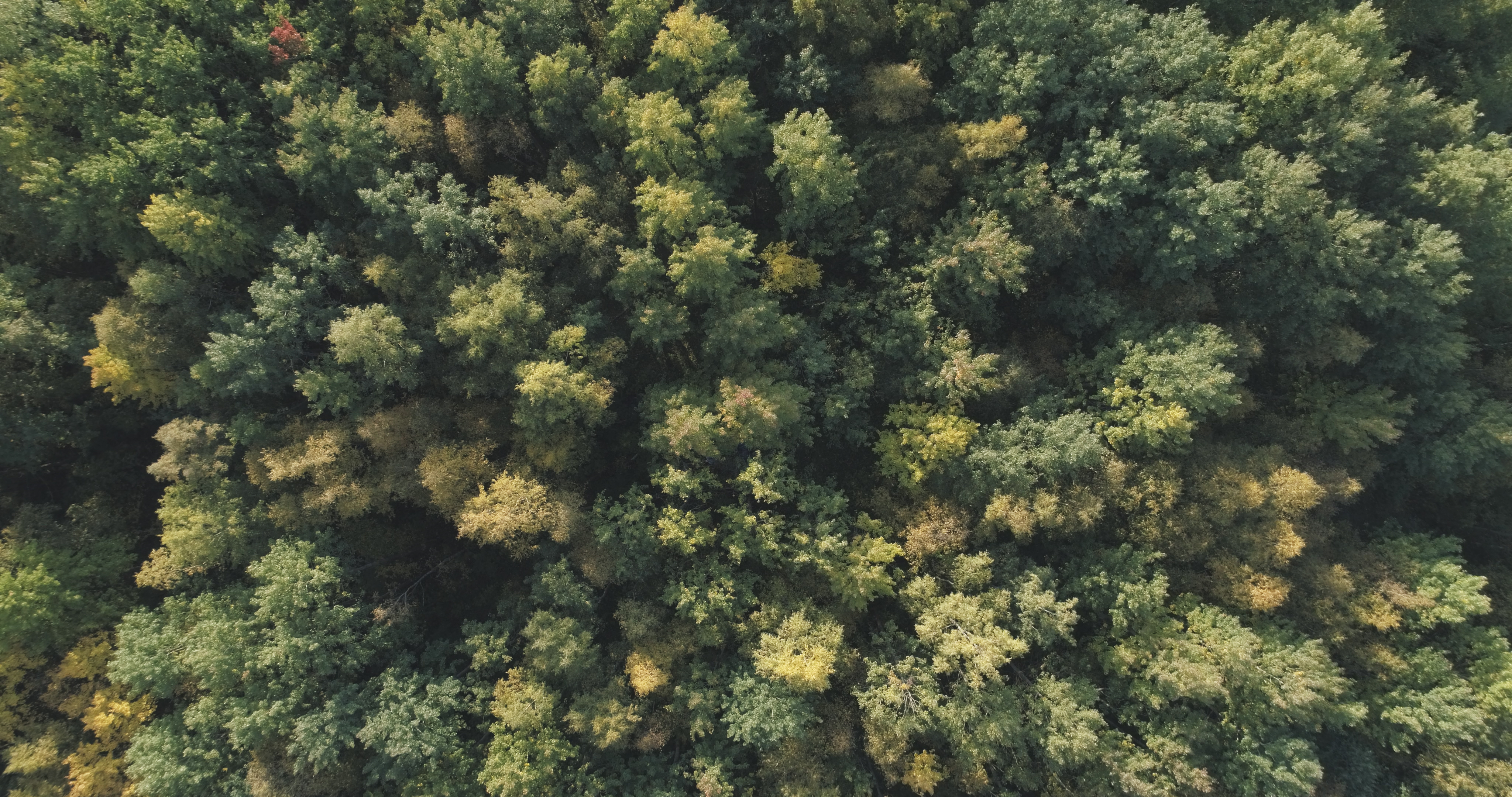
If the first industrial revolution was powered by steam, the fourth is being powered by data. Collecting information on every aspect of a process allows smart devices and machines to cut out inefficiencies and optimise a task.
In forestry, capturing and utilising huge amounts of data can build a better understanding of the land and trees that make up forests. One of the best ways to gather this data from wide, complex landscapes is through aerial imaging.
Satellites have long been used to monitor the changing nature of the world’s terrain and in 2021, the European Space Agency plans to use radar in orbit to weigh and monitor the weight of earth’s forests. But with the rise of drones, aerial imagining technology is becoming more widely accessible. Now even small-scale farmers and foresters can take a birds-eye view of their land.
Oxford-based company BioCarbon Engineering focuses on replanting areas of forests. It utilises drone technology to scan environments and identify features such as obstacles and terrain types which it uses to design and optimise planting patterns.
A drone then follows this path roughly three to six feet off the ground, shooting biodegradable seed pods into the ground every six seconds along the way. BioCarbon claims this approach can allow it to plant as many as 100,000 trees in a single day.
Gathering data on the health of working forests doesn’t necessarily require cutting-edge equipment either. In the smartphone era, any forestry professional now has the computing power in their pocket to capture detailed information about a forest’s condition.

Mobile app MOTI was designed by researchers at the School of Agricultural, Forest and Food Sciences at the Bern University of Applied Sciences in Switzerland. It allows users to scan an area of forest with a phone’s camera and receive calculated-estimates on variables such as trees per hectare, tree heights and the basal area (land occupied by tree trunks).
Capturing data from forests can play a huge part in developing a better understanding of the land, terrain and trees of working forests, which leads to better decision making for healthier forests, including how and when to harvest and thin. But the equipment and technology carrying out these tasks on the ground are also undergoing smart-tech transformations.

Self-driving and electric vehicles are expected to disrupt multiple industries, including forestry. Swedish startup Einride, recently unveiled a driverless, fully electric truck that can haul as much as 16-tonnes of lumber and is specially designed for off-road, often unmapped, terrain.
There are some pieces of equipment, however, that will be harder to fully automate – for example, harvesters, which are used to fell and remove trees. Their long, digger-like arm normally features a head consisting of a chainsaw, claw-grips and rollers all in one, which are controlled from the vehicle’s cab.
Even as image recognition and sensors improve, automating these types of machines entirely is hugely challenging. An ideal use of artificial intelligence (AI) would be enabling a harvester to identify trees of a particular age or species to remove as part of thinning, for example, without disturbing the rest of the forest. However, trees of the same species and age can differ from each other depending on factors such as regional climates, soil and even lighting at the time of analysis.
This makes programming a machine to harvest a specific species and age of tree is very difficult. Nevertheless, innovation such as intelligent boom control – as John Deere is exploring – can help human operators automate movements and make harvesting safer and more efficient.
Forestry has always changed as technology has advanced – from the invention of the axe to the incorporation of ecology – and the digital revolution is no different. Smart sensors and deeper data will, ultimately, help optimise the lifecycle, biodiversity and health of managed forests.
With thanks to the Institute of Chartered Foresters for inviting us to attend its 2018 National Conference in May – Innovation for Change: New drivers for tomorrow’s forestry.
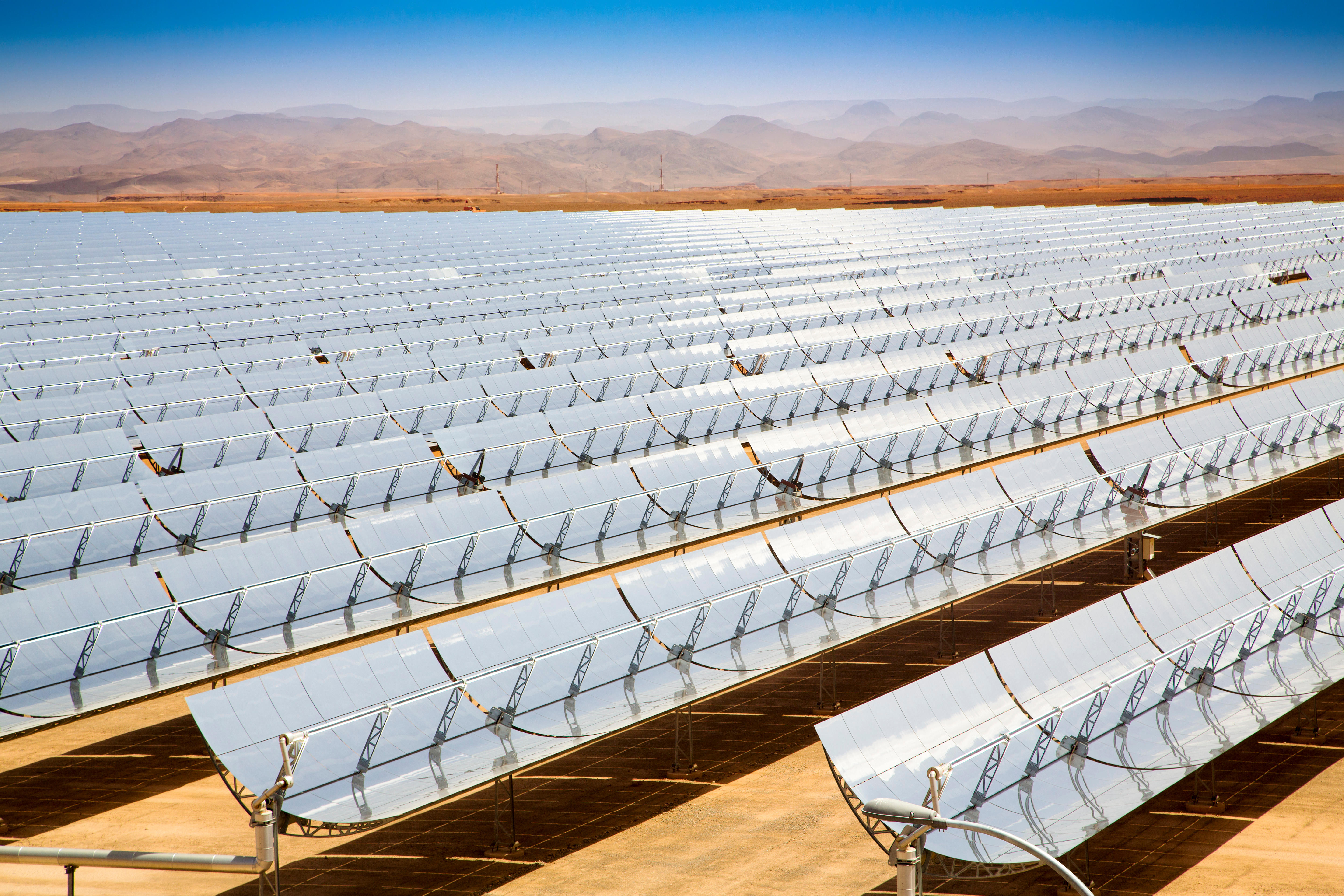
Powering a whole country is a big task. The equipment that make up power stations and electricity systems are measured in tonnes and miles, and pump gigawatts (GW) of electricity around the country. With the world’s electricity increasingly coming from renewables, this big thinking is key to powering long-term change.
From taller wind turbines to bigger batteries, these are the massive structures breaking energy records.
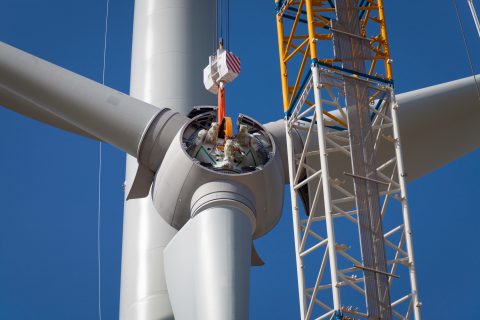
As wind power becomes ever more prevalent, one of the key questions that needs answering is how to get more out of it. One way is to build taller turbines and longer blades. Putting turbines higher into the air sets them into stronger wind flows, while longer blades increase their generating capacity.
The world’s tallest wind turbines are currently in Gaildorf, Germany and stand at 178 metres with the blades tips reaching 246.5 metres. Built by Max Bögl Wind AG, the onshore turbines house a 3.4 megawatt (MW) generator that can produce around 10.5 gigawatt hours (GWh) per year.
However, turbines continue to grow and GE has announced plans for the Haliade-X turbine, which will ship in 2021. At 259 metres in total the offshore turbine is almost double the height of the London Eye and will spin 106 metre blades, generating 67 GWh per year.
China has pumped substantial investment into solar power, including the world’s biggest solar plant in electricity generation and sheer size. Dubbed the ‘Great Wall of Solar’, the Tengger Desert Solar Park has a capacity of more than 1.5 GW and covers 43 km2 of desert.
The next largest, by comparison, is India’s Kurnool Ultra Mega Solar Park, which covers just 24 km2 and generates 1 GW. However, rampant investment by the country means there are several projects in the pipeline that will break the 2 GW mark and will set new records for solar power plants.
Concentrated solar power (CSP) takes the technology skywards by using thousands of mirrors, known as heliostats, and focusing the sun’s rays towards a central tower. This heats up molten salt within the tower, which is then combined with water to create steam and power a turbine – like in a thermal power plant.
Morocco’s Noor Ouarzazate facility (pictured in the main photo of this article) is home to the world’s tallest CSP towers. At 250 metres tall, 7,400 heliostats beam the sunlight at each tower, which have a capacity of 150 MW and can store molten salt for 7.5 hours. Its record will soon be matched by Israel’s 121 MW Ashalim Solar Thermal Power Station when it begins operating this year.
However, never one to be outdone when it comes to tall structures, Dubai plans to build a 260 metre CSP tower in 2020 as part of the Mohammed bin Rashid Al Maktoum Solar Park, which at 700 MW will be the world’s largest single-site CSP facility.
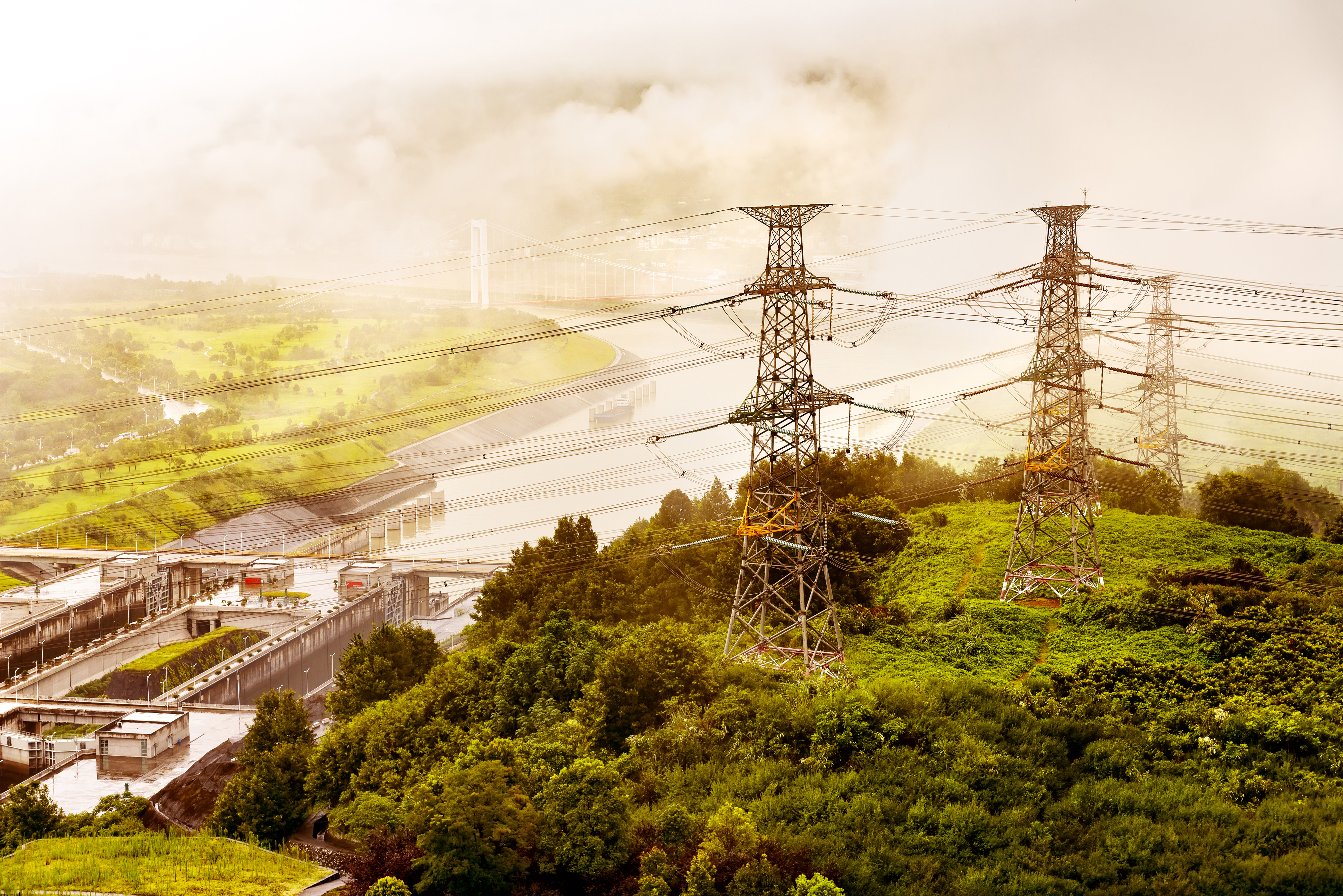
Three Gorges Dam
The Three Gorges Dam on China’s Yangtza river might be the world’s most powerful hydropower dam with its massive 22.5 GW capacity, but a different Chinese dam holds the title of the world’s tallest.
Jinping-I Hydropower Station is a 305-metre-tall arch dam on the Yalong River. It sits on the Jinping Bend where the river wraps around the entire Jinping mountain range. The project began in 2005 and was completed with the commissioning of a sixth and final generator in 2014, which brought its total capacity to 3.6 GW.

Itaipu Dam and hydropower station
While it may be tall, at 568 metres-long, Jinping-I is far from the longest. That mantle belongs to the 7,919 metre-long Itaipu Dam and hydropower station that straddles Brazil and Paraguay and has an installed capacity of 14 GW.
The power station is home to 20, 700 MW generators, however, as Brazil’s electricity system runs at 60Hz and Paraguay’s at 50Hz, 10 of the generators run at each frequency.
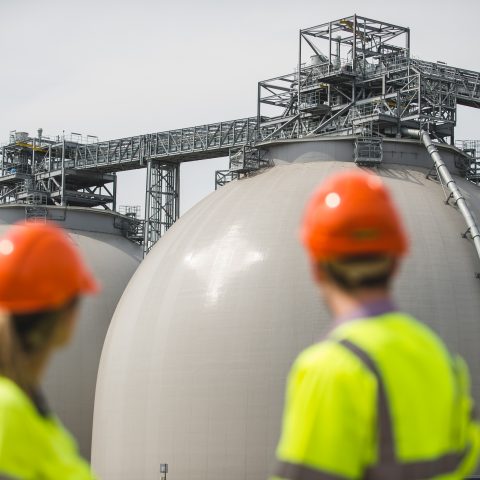
Using a relatively new material, such as compressed wood pellets as a renewable alternative to coal in large thermal power stations creates new challenges. Biomass ‘ecostore’ domes help tackle storage problems by keeping the materials dry and maintaining the right temperatures and conditions.
Unlike cylindrical, concrete silos, domes also offer greater resistance to hurricanes and extreme weather. This is important in areas such as Louisiana where this low carbon fuel is stored at the Drax Biomass port facility in 35.7 metre high, 61.6 metre diameter domes before it is shipped to Drax Power Station.
The power station itself is home to four of the world’s largest biomass domes. Each is 50.3 metres high and 63 metres in diameter – enough to hold the Albert Hall, or in Drax’s case 71,000 tonnes of biomass.

Beginning operation 1966, the Rance Tidal Power Station, in France was the first and largest facility of its kind for 45 years. The power station made use of the 750 metre-long Rance Barrage on France’s northern coast with a 330-metre-long section of it generating electricity through 24, 10 MW turbines.
It was overtaken, however, in 2011 with the opening of the Sihwa Lake Tidal Power Station in South Korea. The facility generates power along a 400-metre section of the 12.7 km Sihwa Lake tidal barrage and generates a maximum of 254 MW through ten 25.4 MW submerged turbines.
South Australia has become a battlefield in the race to build the world’s biggest grid scale storage solution. Tesla constructed a 10,000 m2, football pitch-sized 100 MW lithium-ion battery outside of Adelaide at the end of 2017 which is connected to a wind power plant and can independently supply electricity to 30,000 homes for an hour.
However, rival billionaire to Tesla’s Elon Musk, Sanjeev Gupta plans to take on the storage facility with a 140 MW battery to support a new solar-powered steelworks, also in South Australia.
The excitement around battery technology’s potential means the title of world’s biggest will likely swap hands plenty more times over the next decade. This contest won’t just be confined to batteries. As countries increasingly move away from fossil fuels, bigger, wider and taller renewable structures will be needed to power the world. These are the world’s largest renewable structures today, but they probably won’t stay in those positions for long.
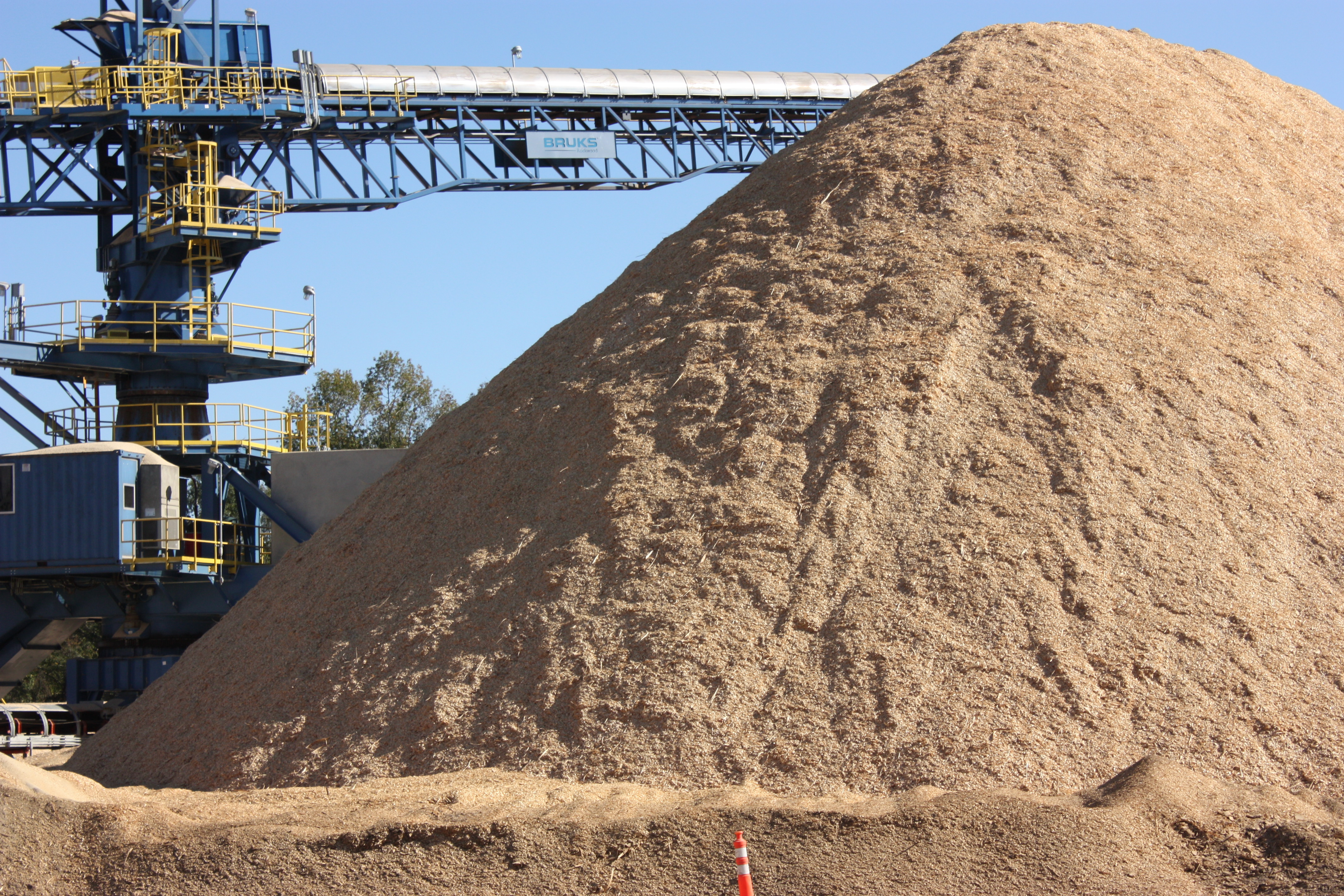
View here
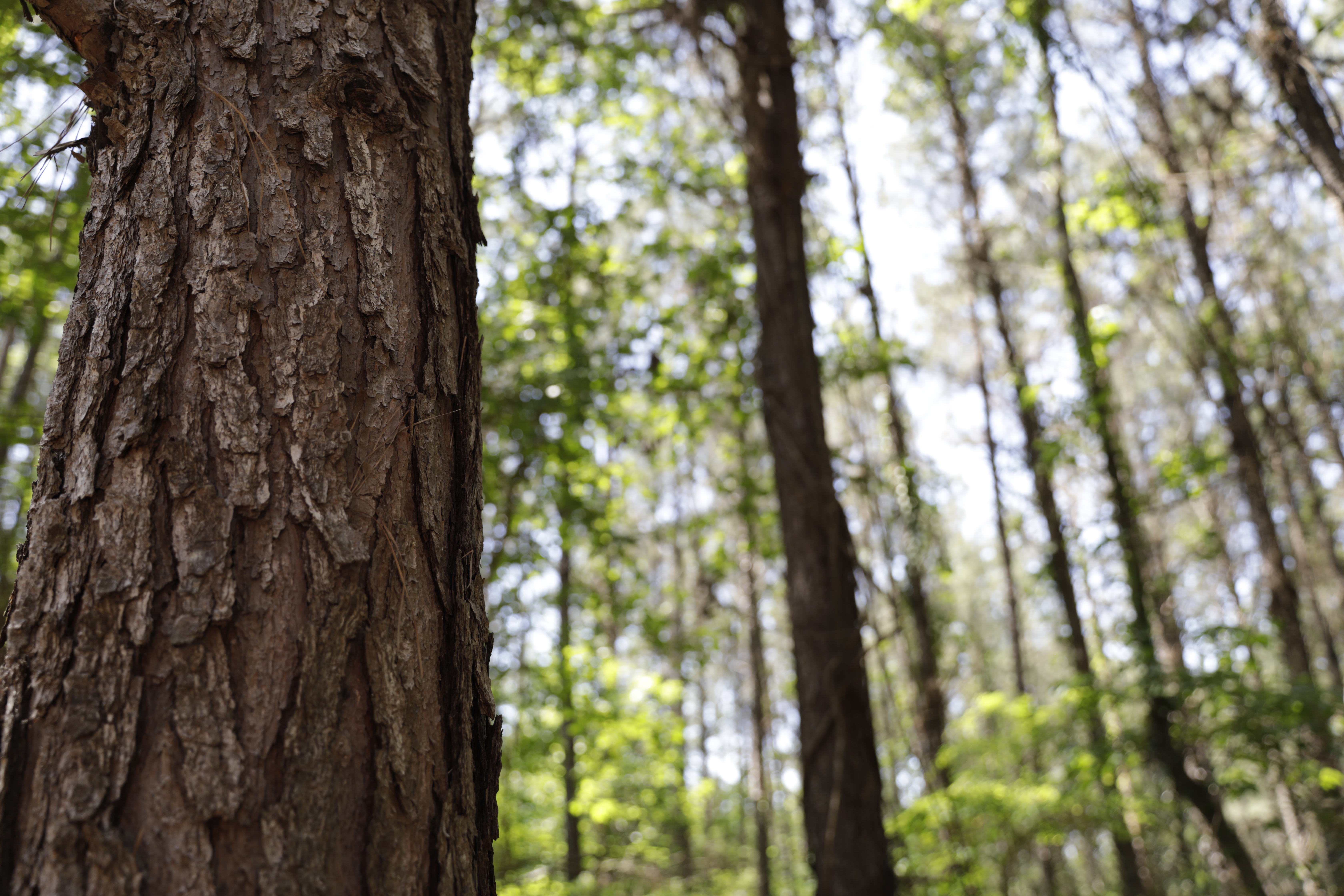
Electricity systems around the world are decarbonising and increasingly switching to renewable power sources. While intermittent sources, such as solar and wind, are the fastest growing types of renewables being installed globally, the reliability and flexibility of biomass and its ability to offer grid stabilisation services such as frequency control and inertia make it an increasingly necessary source of renewable power. According to the International Energy Agency biomass generation is forecast to expand as planned projects come online.
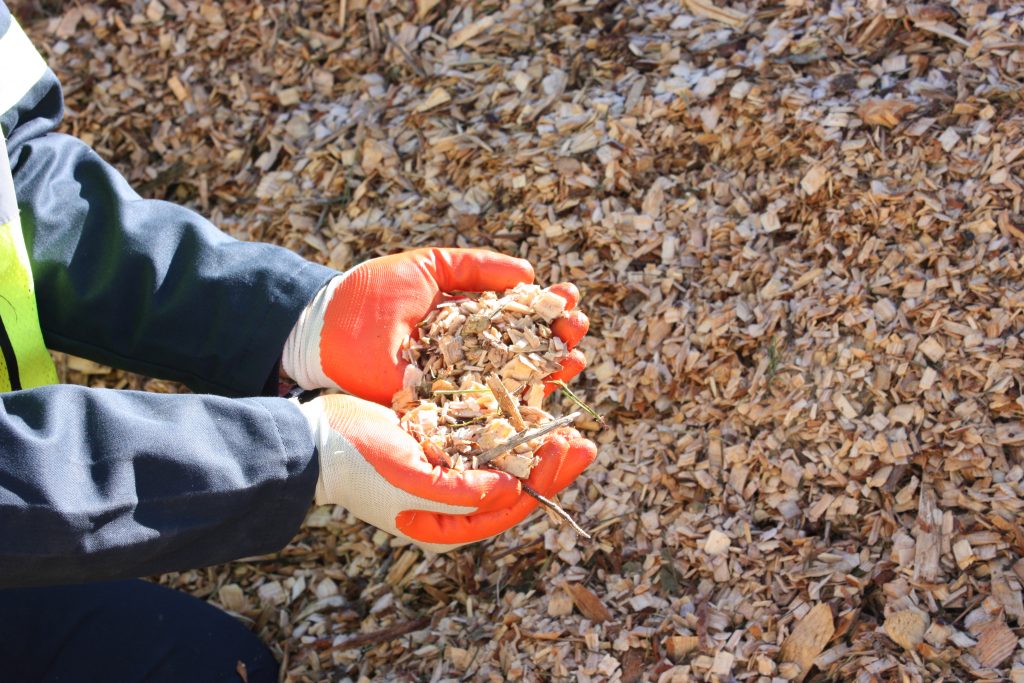
Biomass comes in many different forms. When looking to assess future demand and use, it is important to recognise benefits that different types of biomass bring. Compressed wood pellets are just one small part of the biomass spectrum, which includes many forms of agricultural and livestock residues, waste and bi-products – much of which is currently discarded or underutilised.
Maximising the use of these wastes and residues provides plenty of scope for expansion of the biomass energy sector around the world. The global installed capacity for biomass generation is expected to reach close to 140 gigawatts (GW) by 2026, which will be fuelled primarily by expansion in Asia using residues from food production and the forestry processing industry.
However, the use of woody biomass can also provide many benefits too, such as supplying a market for thinnings, providing a use for harvesting residues, encouraging better forest management practices and generating increased revenue for forest owners.
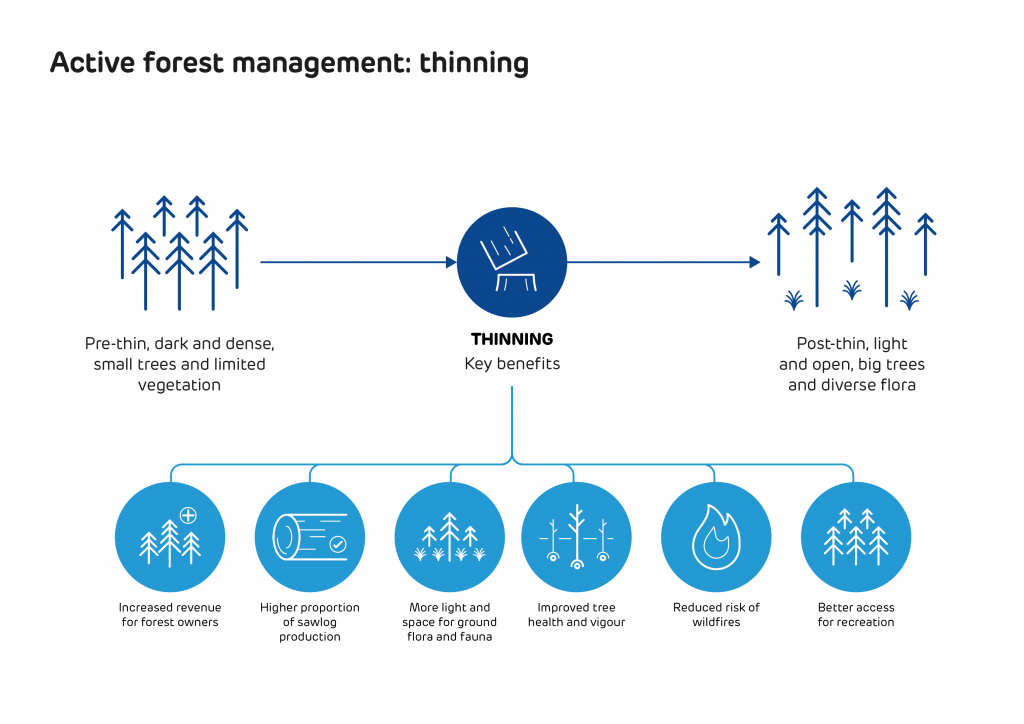
In areas like the US South, traditional markets for forest products have declined, whilst forest growth has significantly increased. According to the USDA Forest Inventory and Analysis (FIA) data, there is an average annual surplus of growth in the US South of more than 176 million cubic metres compared to removals – that’s enough to make around 84 million tonnes of wood pellets a year, from just one supply region.
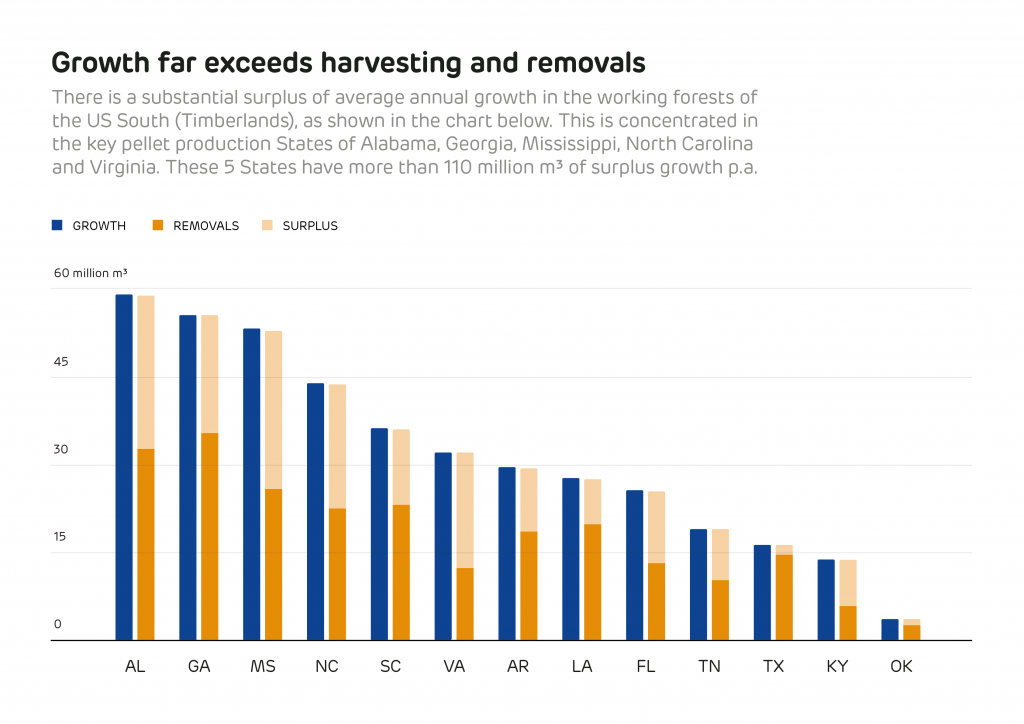
Of course, not all of this surplus growth could or should be used for bio-energy, much of it is suitable for high value markets like saw-timber or construction and some of it is located on inaccessible or protected sites. However, new and additional markets are essential to maintain the health of the forest resource and to encourage forest owners to retain and maintain their forest assets.
In the current wood pellet supply regions for Europe, Pöyry management consulting has calculated that there is a surplus of low grade wood fibre and residues that could make an additional 140 million tonnes of wood pellets each year.
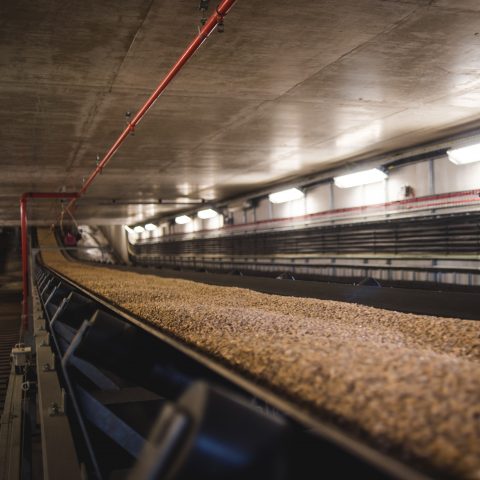
Compressed wood pellets on a conveyor belt
It is also necessary to look at the global production of all wood products to put wood pellet production into context. In 2016 the global production of industrial roundwood (the raw material used for construction, furniture, paper and other wood products) was 1.87 billion cubic metres, while the global production of wood fuel (used for domestic heating and cooking) was 1.86 billion cubic metres[1]. Only around 1.6% of this feedstock was used to make wood pellets, both for industrial energy and residential heat. The total production of wood pellets in 2016 was 28.4 million tonnes, of which only 45% was used for industrial energy[2].
While Forestry consulting and research firm Forisk predicts demand for industrial wood pellets (those used in electricity generation rather than residential heating) will grow globally at an annual rate of 15% for the next five years, reaching 27.5 megatonnes (Mt) by 2023, they are also clear that this growth, in context, will not impact forest volumes or other markets:
‘The wood pellet industry in the US South is not exploding, it is a tiny component of the overall market. Forest volumes in the South in total will continue to grow for decades no matter what bioenergy markets or housing markets do. The wood pellet sector simply and unequivocally cannot compete economically with US pulp and paper mills (80% of pulpwood demand in South) for raw material on a head-to-head basis[3].’
So, while demand for wood pellets is likely to increase over the next 10 years, this increase will be well within the scope of existing surplus fibre. The question, therefore, is can suppliers keep up with this demand? And can they do this while ensuring it remains sustainable, reliable and renewable?
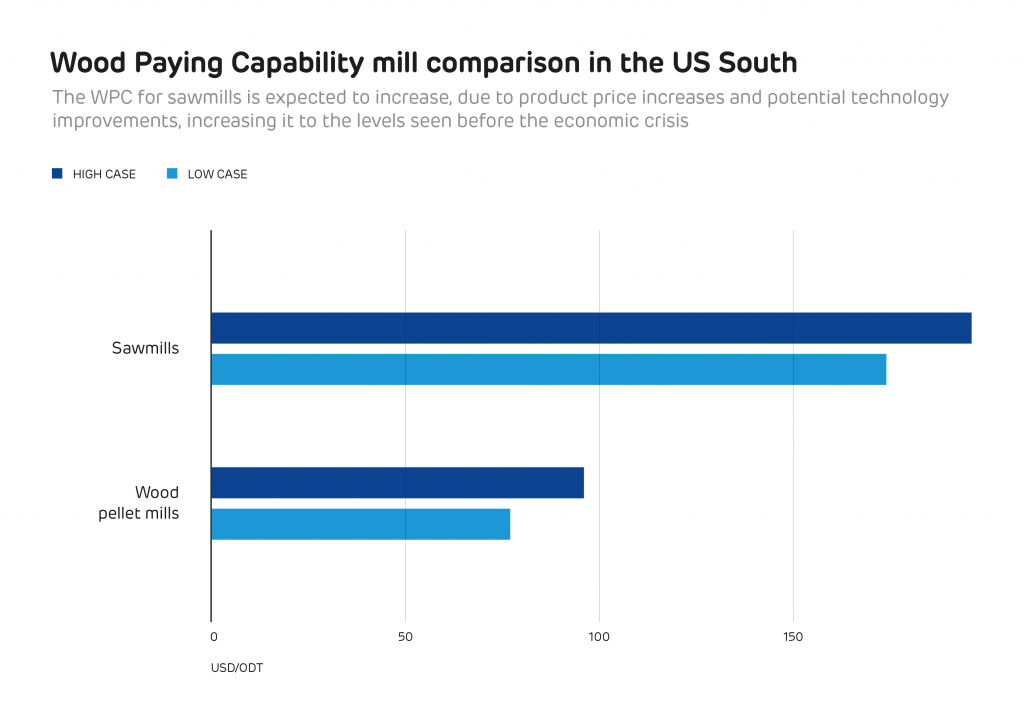
In the short-term, intelligence firm Hawkins Wright estimates global demand will increase by almost 30% during 2018 to reach 20.4 Mt, while Forisk predicts a smaller jump: an almost 5 Mt increase compared to 2017.
Most of this will continue to come from Europe (73% of global demand by 2021, more than 80% in 2018), where projects such as Lynemouth Power Station’s conversion from coal to biomass, as well as five co-firing units in the Netherlands are all set to come online very soon. While smaller in number, Asia is also developing a growing appetite for biomass and in 2018 demand is forecast to grow by 1.98 Mt.
These estimates might paint a picture of a continually soaring demand, but Forisk’s forecast actually expect this growth to plateau, levelling off around 2023 at 27.5 Mt. Hawkins Wright expects a similar slow down, forecasting manageable growth of under 15% between 2023 and 2026.
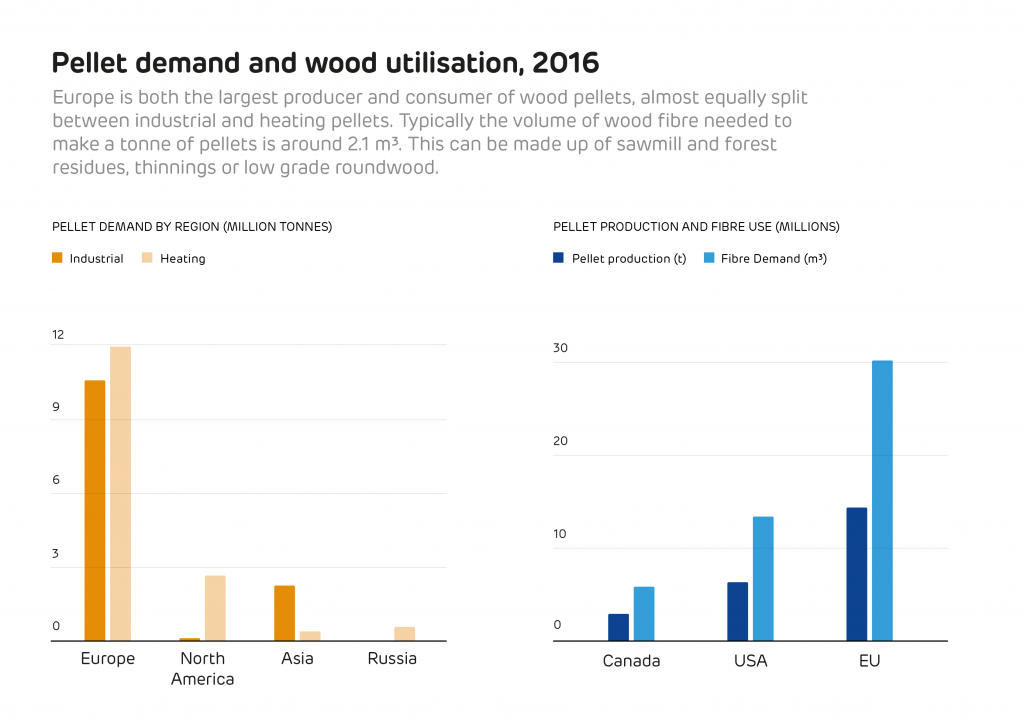
A forestry specialist at Drax Group, believes this plateau could come even sooner.
“Current and future forecasts in industrial wood pellet demand are based on a series of planned conversions and projects coming online,” he explains.
“But once these projects are active, demand in Europe will likely plateau around 2021 and then gradually reduce as various EU support schemes for industrial biomass come to an end. Any long term use of biomass is likely to be based on agricultural residues and wastes.”
But even with this expected slowdown, the biomass demand of the near future will be substantially higher than it is right now. So, the question remains, can suppliers meet the need for biomass pellets?
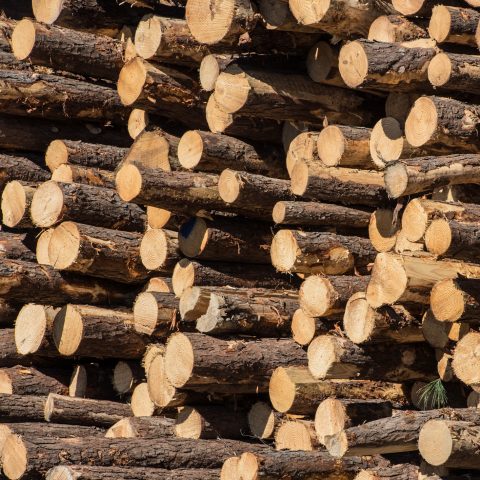
Meeting this growing demand depends on two factors: sufficient raw materials and the production capabilities to turn those materials into biomass pellets.
In today’s market, there’s no shortage of raw materials and low grade fibre. Instead, what could cause challenges is the production of pellets.
Hawkins Wright reports the capacity for global industrial pellet production was roughly 21.4 Mt a year at the end of 2017 and will increase by a further 3 Mt by 2019 as facilities currently under construction reach completion.
It means that to meet even Forisk’s conservative 27.5 Mt prediction by 2023, pellet production needs to increase. However, Drax’s forestry specialist points to the three to four years needed to complete pellet facilities and the relatively short period of time financial support programmes will remain in place as something that could lead to a slowdown in new plants coming online. Instead, he says, expansions of existing plants and the increased use of small-scale facilities will become crucial to increasing overall production.
However the biomass market changes and develops, it remains critical that proper regulation is in place, efficiencies are found and that technological innovation continues within the forestry industry so forests are grown and managed sustainably.
As we move into a low-carbon future we know that biomass demand will increase. But for this to be truly beneficial and sustainable we need to ensure we are not only meeting the demand of today but also of tomorrow, the day after tomorrow and beyond.
[1] Source: FAOSTAT
[2] Source: Hawkins Wright, The Outlook for Wood Pellets, Q4 2017
[3] https://www.forisk.com/blog/2015/10/23/nibbling-on-a-chicken-or-nibbling-on-an-elephant-another-example-of-incomplete-and-misleading-analysis-of-us-forest-sustainability-and-wood-bioenergy-markets/
In 2013, Drax co-founded the SBP together with six other energy companies.
SBP builds upon existing forest certification programmes, such as the Sustainable Forest Initiative (SFI), Forest Stewardship Council (FSC) and the Programme for the Endorsement of Forest Certification (PEFC). These evidence sustainable forest management practices but do not yet encompass regulatory requirements for reporting greenhouse gas (GHG) emissions. This is a critical gap for biomass generators, who are obligated to report GHG emissions to European regulators.
There is also limited uptake of forest-level certification schemes in some key forest source areas. SBP is working to address these challenges.
SBP certification provides assurance that woody biomass is supplied from legal and sustainable sources and that all regulatory requirements for the users of biomass for energy production are met. The tool is a unique certification scheme designed for woody biomass, mostly in the form of wood pellets and wood chips, used in industrial, large-scale energy production.
SBP certification is achieved via a rigorous assessment of wood pellet and wood chip producers and biomass traders, carried out by independent, third party certification bodies and scrutinised by an independent technical committee.
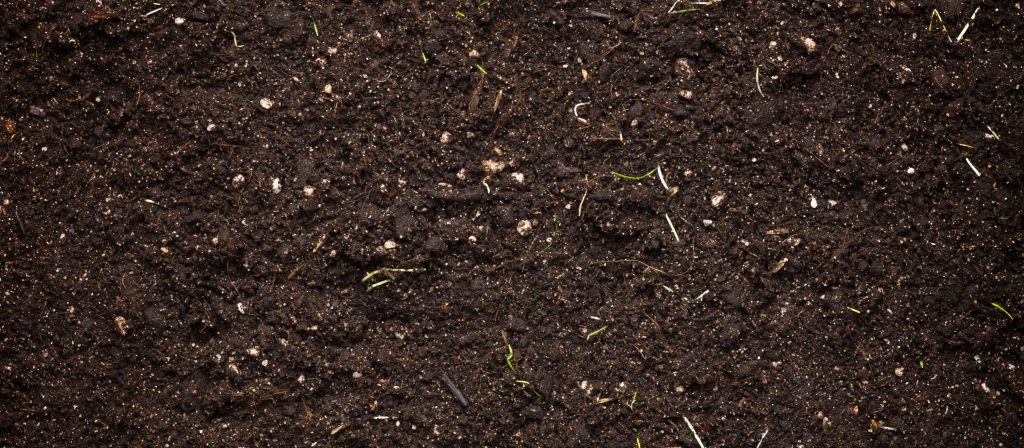
Read here
A truck arrives at an industrial facility deep in the expanding forestland of the south-eastern USA. It passes through a set of gates, over a massive scale, then onto a metal platform.
The driver steps out and pushes a button on a nearby console. Slowly, the platform beneath the truck tilts and rises. As it does, the truck’s cargo empties into a large container behind it. Two minutes later it’s empty.
This is how you unload a wood fuel truck at Drax Biomass’ compressed wood pellet plants in Louisiana and Mississippi.
“Some people call them truck dumpers, but it depends on who you talk to,” says Jim Stemple, Senior Director of Procurement at Drax Biomass. “We just call it the tipper.” Regardless of what it’s called, what the tipper does is easy to explain: it lifts trucks and uses the power of gravity to empty them quickly and efficiently.
The sight of a truck being lifted into the air might be a rare one across the Atlantic, however at industrial facilities in the United States it’s more common. “Tippers are used to unload trucks carrying cargo such as corn, grain, and gravel,” Stemple explains. “Basically anything that can be unloaded just by tipping.”
Both of Drax Biomass’ two operational pellet facilities (a third is currently idle while being upgraded) use tippers to unload the daily deliveries of bark – known in the forestry industry as hog fuel, which is used to heat the plants’ wood chip dryers – sawdust and raw wood chips, which are used to make the compressed wood pellets.
The tipper uses hydraulic pistons to lift the truck platform at one end while the truck itself rests against a reinforced barrier at the other. To ensure safety, each vehicle must be reinforced at the very end (where the load is emptying from) so they can hold the weight of the truck above it as it tips.
Each tipper can lift up to 60 tonnes and can accommodate vehicles over 50 feet long. Once tipped far enough (each platform tips to a roughly 60-degree angle), the renewable fuel begins to unload and a diverter guides it to one of two places depending on what it will be used for.
“One way takes it to the chip and sawdust piles – which then goes through the pelleting process of the hammer mills, the dryer and the pellet mill,” says Stemple. “The other way takes it to the fuel pile, which goes to the furnace.”
The furnace heats the dryer which ensures wood chips have a moisture level between 11.5% and 12% before they go through the pelleting process.
“If everything goes right you can tip four to five trucks an hour,” says Stemple. From full and tipping to empty and exiting takes only a few minutes before the trucks are on the road to pick up another load.
Using the power of gravity to unload a truck might seem a rudimentary approach, but it’s also an efficient one. Firstly, there’s the speed it allows. Multiple trucks can arrive and unload every hour. And because cargo is delivered straight into the system, there’s no time lost between unloading the wood from truck to container to system.
Secondly, for the truck owners, the benefits are they don’t need to carry out costly hydraulic maintenance on their trucks. Instead, it’s just the tipper – one piece of equipment – which is maintained to keep operations on track.
However, there is one thing drivers need to be wary of: what they leave in their driver cabins. Open coffee cups, food containers – anything not firmly secured – all quickly become potential hazards once the tipper comes into play.
“I guess leaving something like that in the cab only happens once,” Stemple says. “The first time a trucker has to clean out a mess from his cab is probably the last time.”